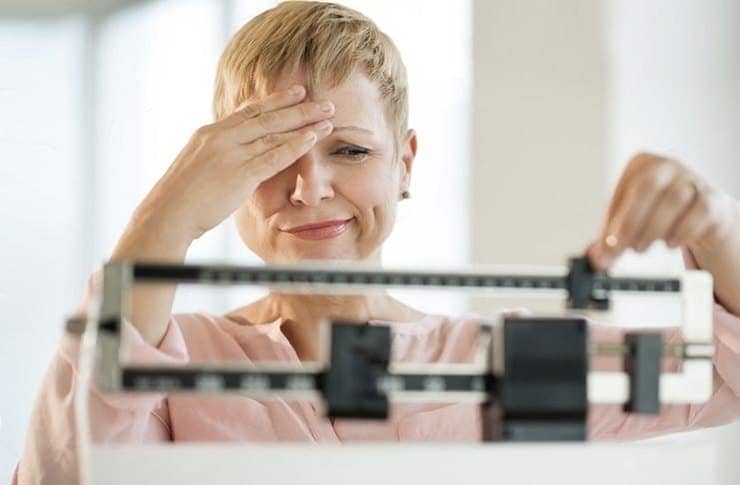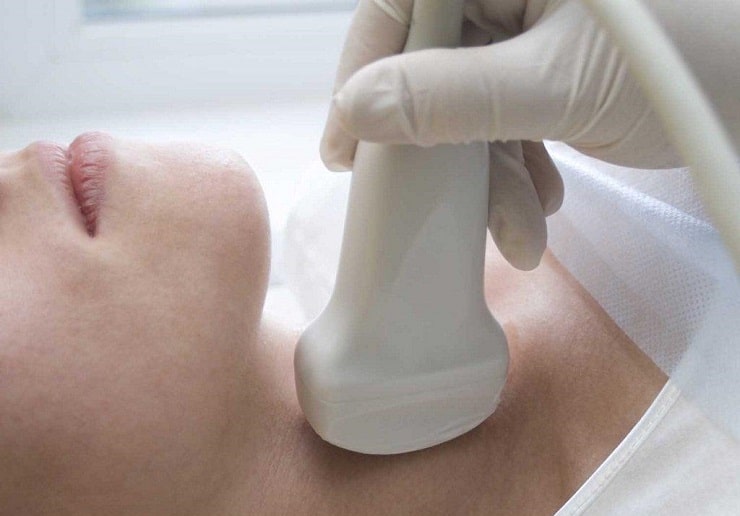According to statistics, approximately 30% of women aged 50-60 are not just overweight – they are approaching the first stage of obesity. And this is doubly dangerous, because after menopause women often develop a “mens” type of obesity.
And this type of obesity significantly increases the risks of developing hypertension, heart disease, type 2 diabetes, and other dangerous diseases. Therefore, losing weight and maintaining a healthy weight after menopause is a matter of not only beauty but also health.
If you need to lose weight, you can make a simple test: measure the volume of your waist. If the result does not exceed 80 centimeters, there is nothing to worry about. But if more, you should definitely take some action.
Where does excess weight come from?
After the onset of menopause, almost all women gain from five to seven kilograms of excess weight per year – this is, unfortunately, is a medical fact.
Where does this excess weight come from? Firstly, activity decreases significantly with aging, and during menopause, when the most women experience hot flashes, hypertension, and other health problems, the energy and strength to maintain their usual level of activity become even less.
Secondly, even if women continue to play sports, the effectiveness of training decreases: with age the speed with which the body uses energy during exercise is significantly reduced.
Finally, thirdly, with the onset of menopause, the metabolic rate decreases – not least because of a decrease in the level of the hormone estrogen. Metabolism can be “dispersed”, but you have to make some efforts.
How to lose weight after menopause
The most important thing to do is to increase the metabolic rate through diet and proper exercise. And the good news is that it’s better to go in for sports every day, but not for so long: for example, the US National Institute of Health showed that those who did aerobics daily for 10 minutes had a 12 cm smaller waist than those, who skimped on training.
Sport

As we mentioned above, after the onset of menopause, you have to train more or more intensively to achieve the same result.
If you prefer aerobic exercise, either do it longer (if you prefer an average pace) or do the exercises more intensively (and then only 10-15 minutes per day).
Another great solution is strength training. The higher the percentage of muscle tissue in your body, the higher your metabolism. And from a certain moment, your muscles work for you, helping to burn excess fat, even if you are not doing anything.
Diet
Slowed metabolism primarily means that most of the food goes not into energy, but into fat.
And this means that, firstly, you should slightly reduce your diet calories: for example, women after menopause require from 1300 to 2000 calories per day, depending on how active they are.
And secondly, you should significantly review the diet and increase the proportion of foods such as fresh fruits and vegetables, whole grains, legumes, foods high in fiber and dietary fiber. At the same time, the meat products, as well as light carbohydrates and sugar should be reduced.
Hormone control
The best thing you can do after menopause is to check the balance of thyroid hormones. Often, after menopause, the level of these hormones is disturbed, which also leads to weight gain, which is usually quite difficult to lose.
Make an appointment with the endocrinologist and check the thyroid gland – this will definitely benefit you!









